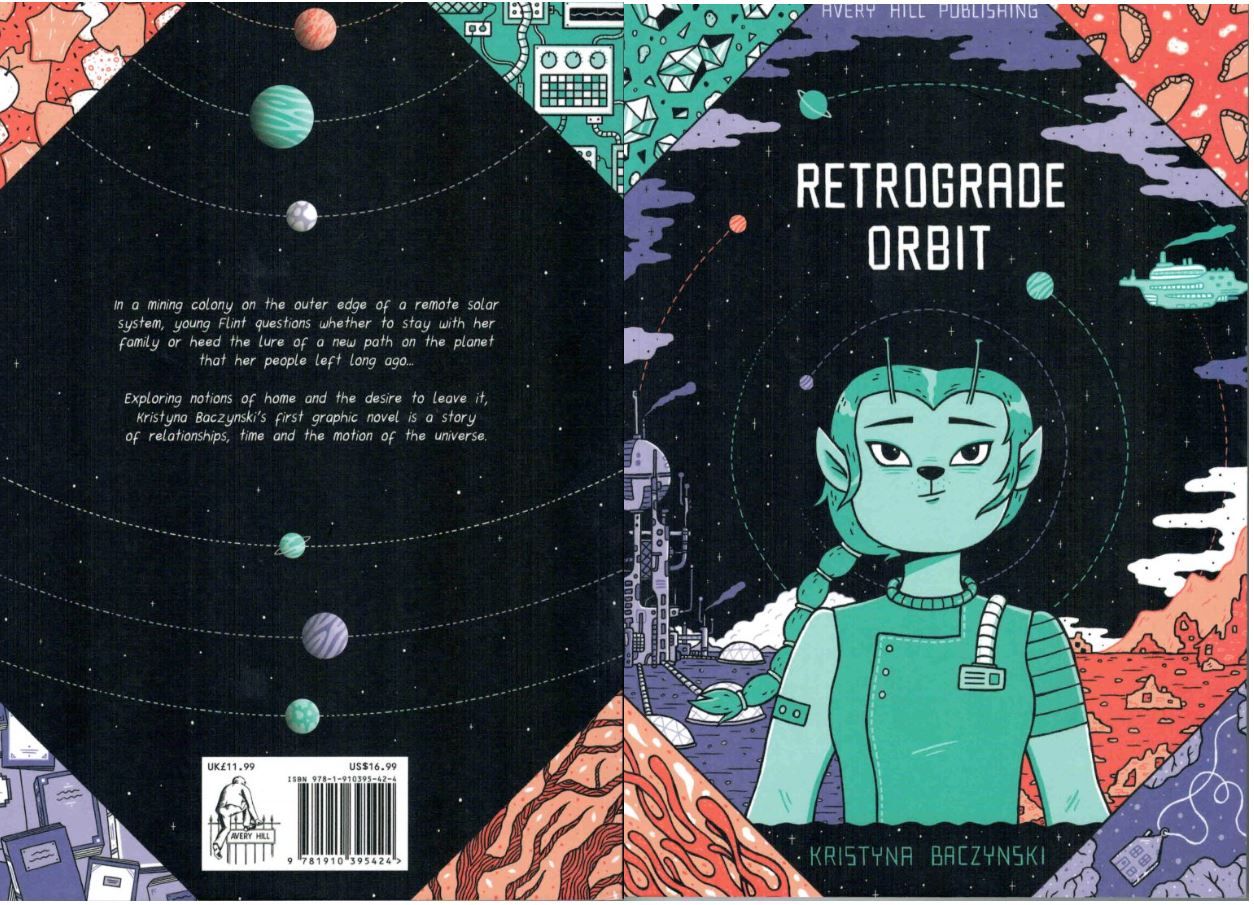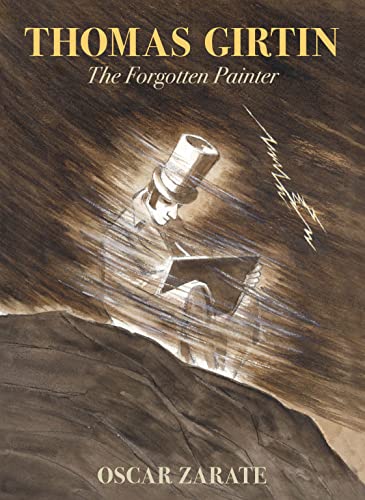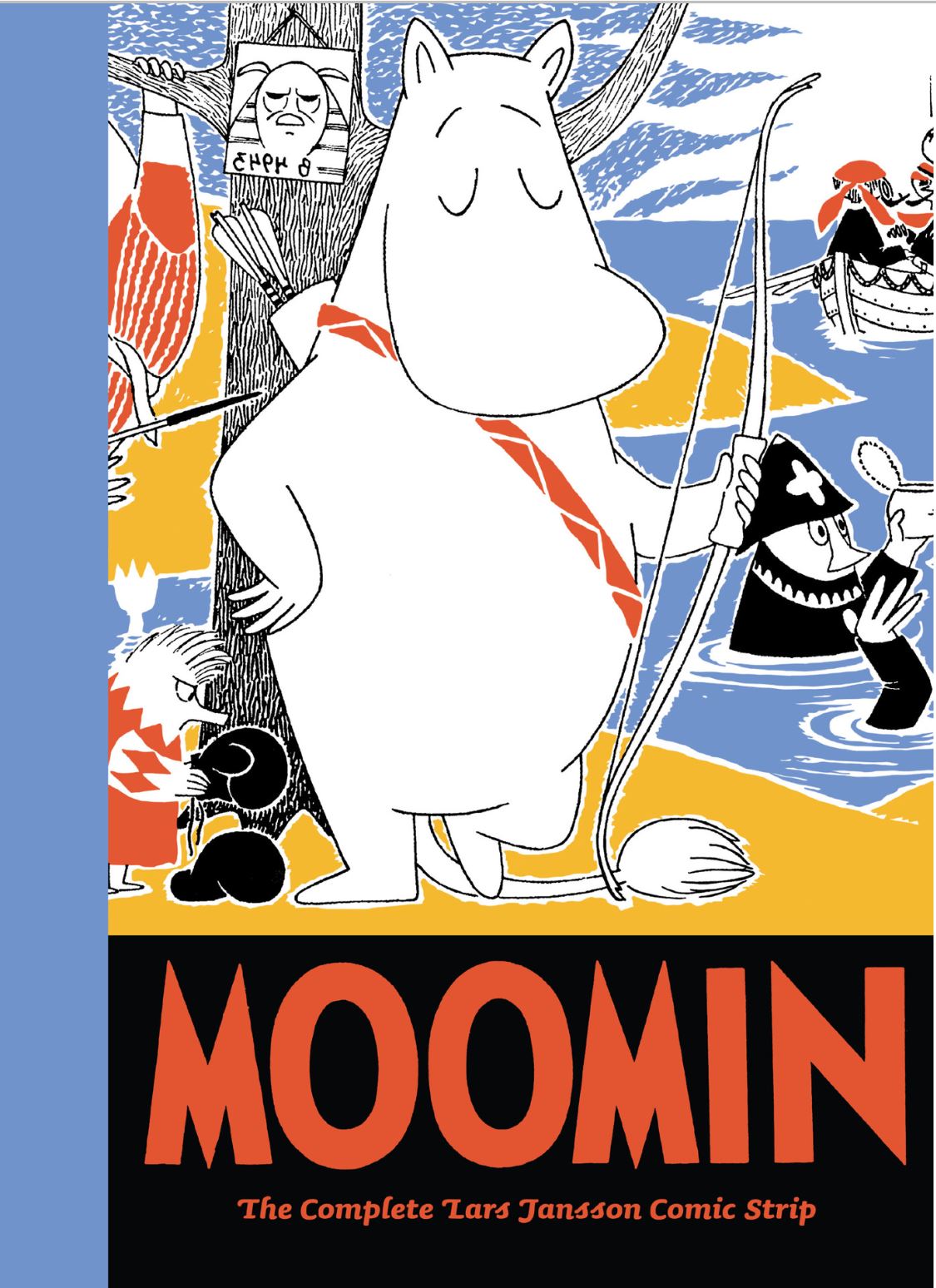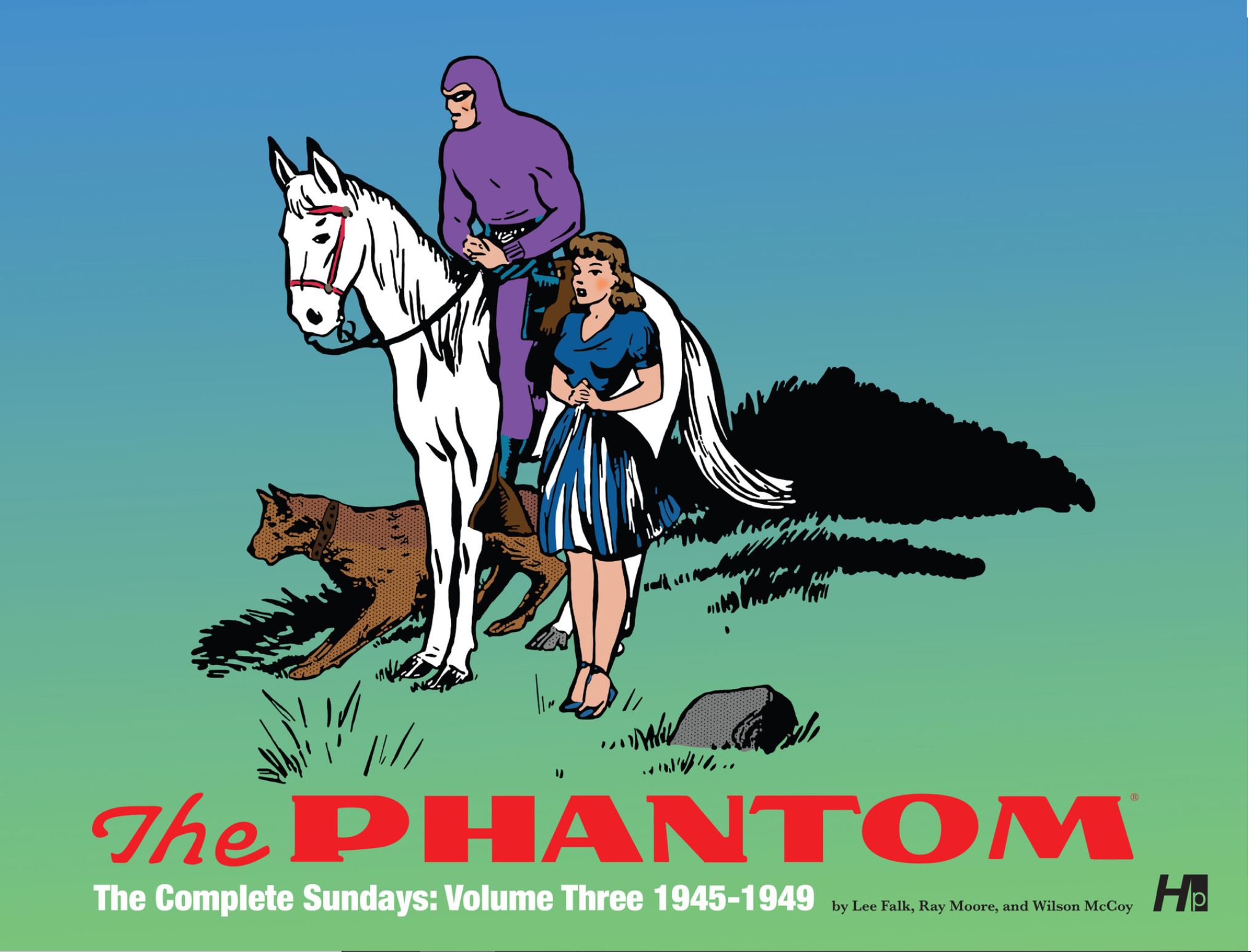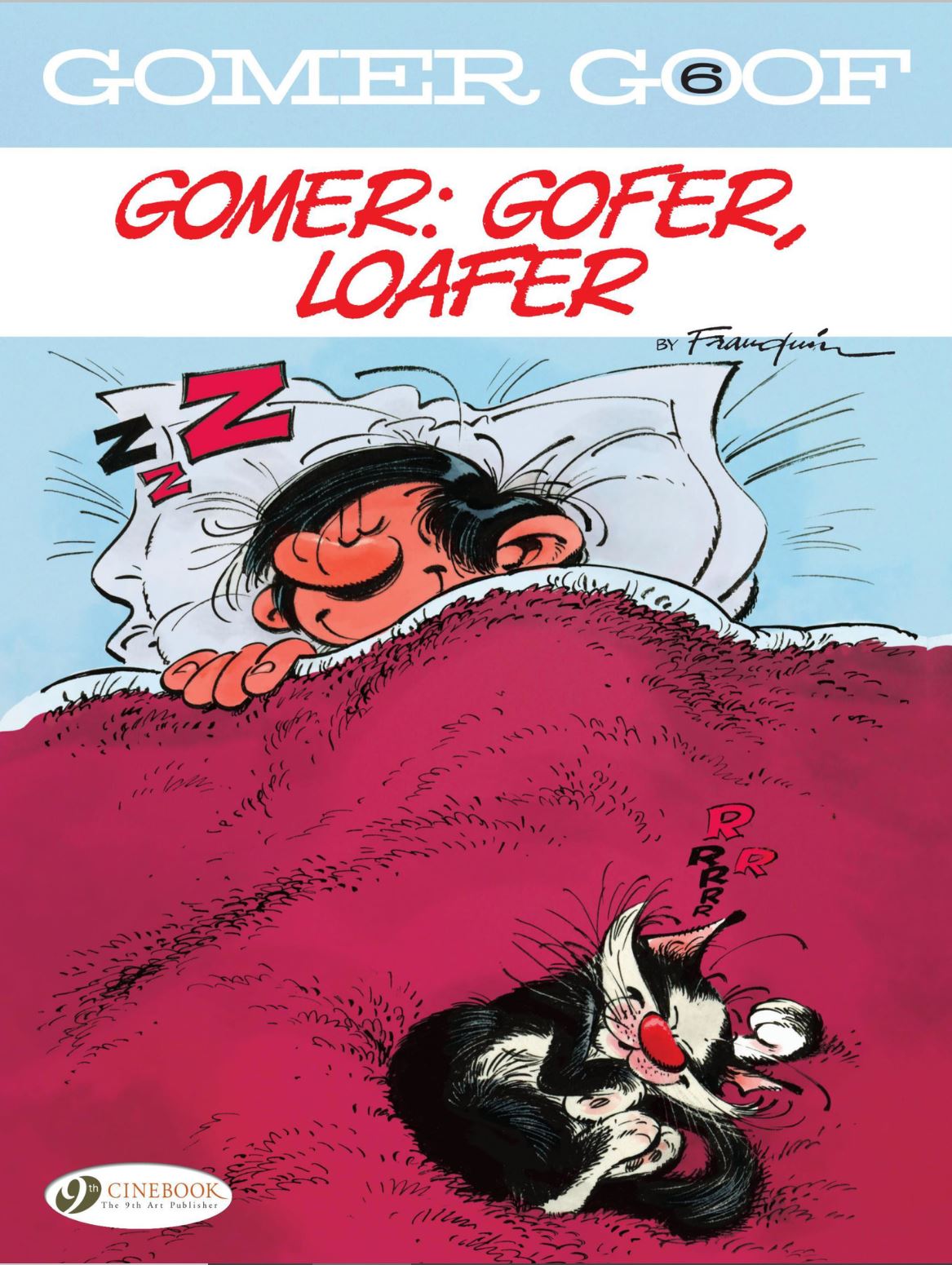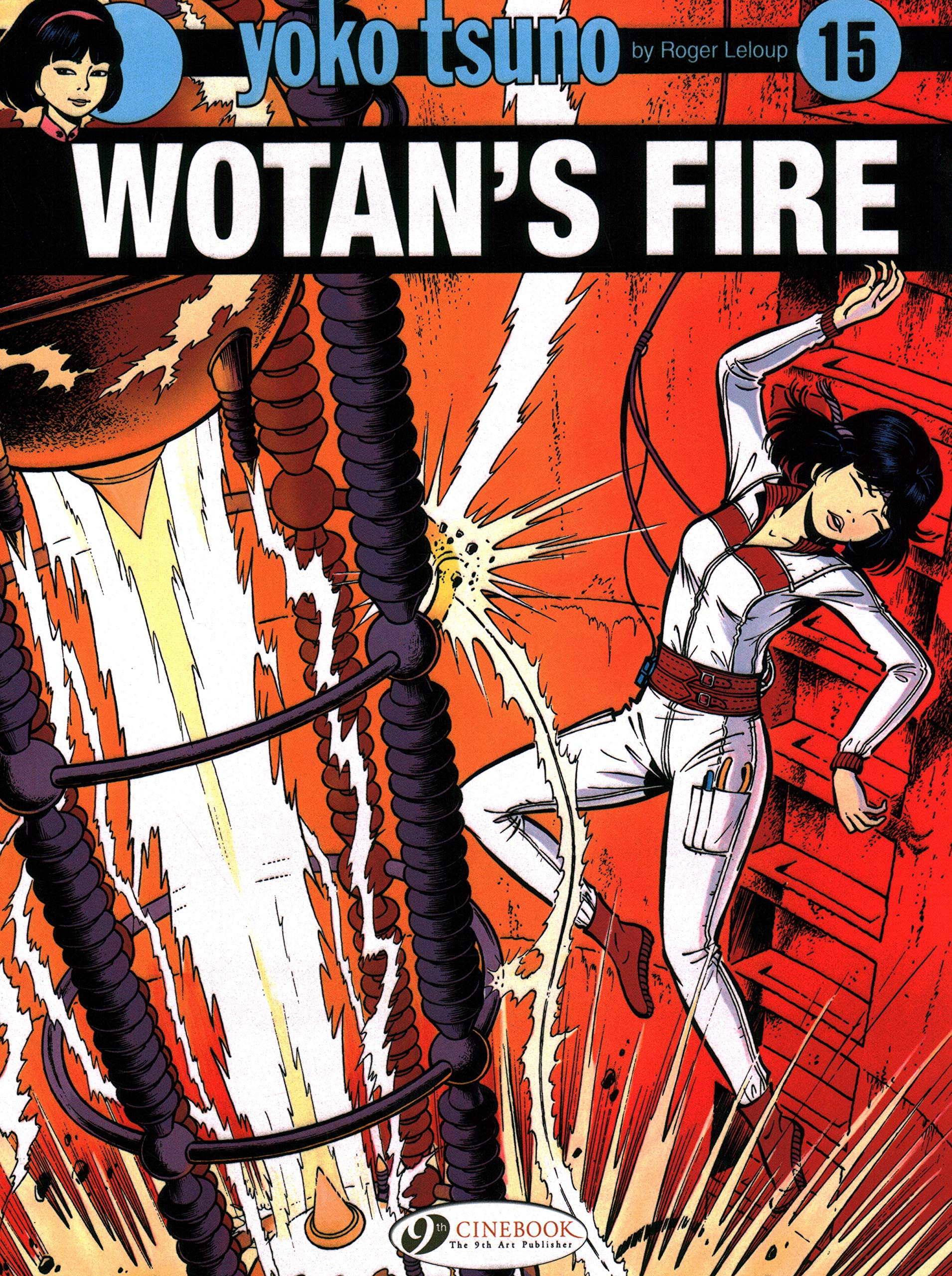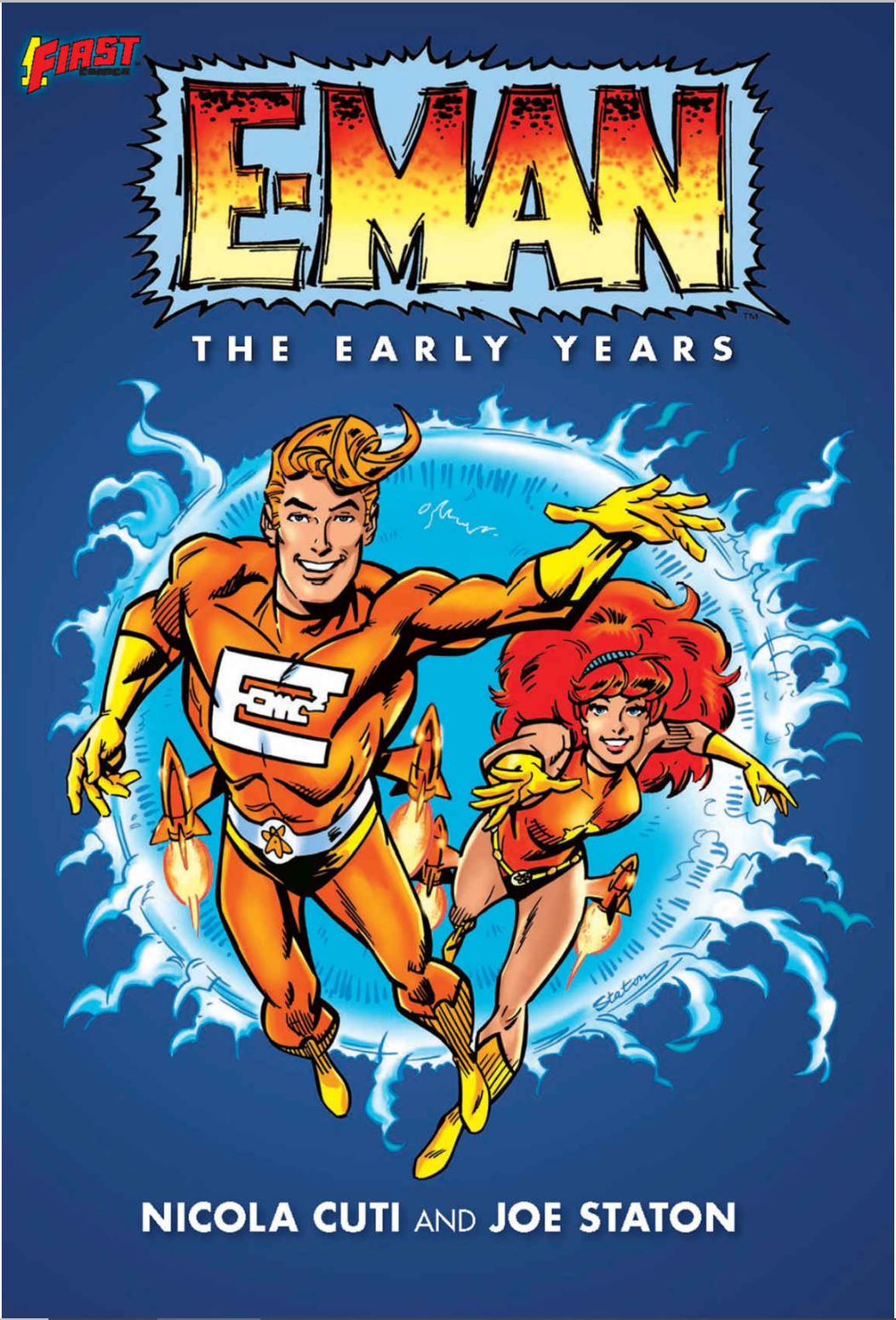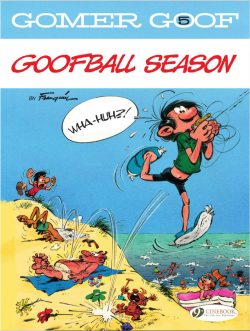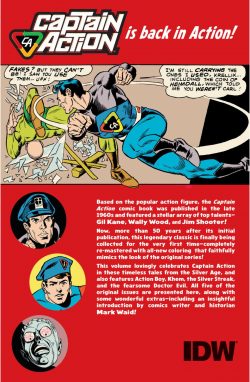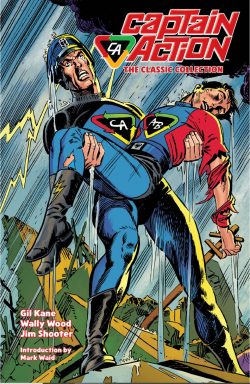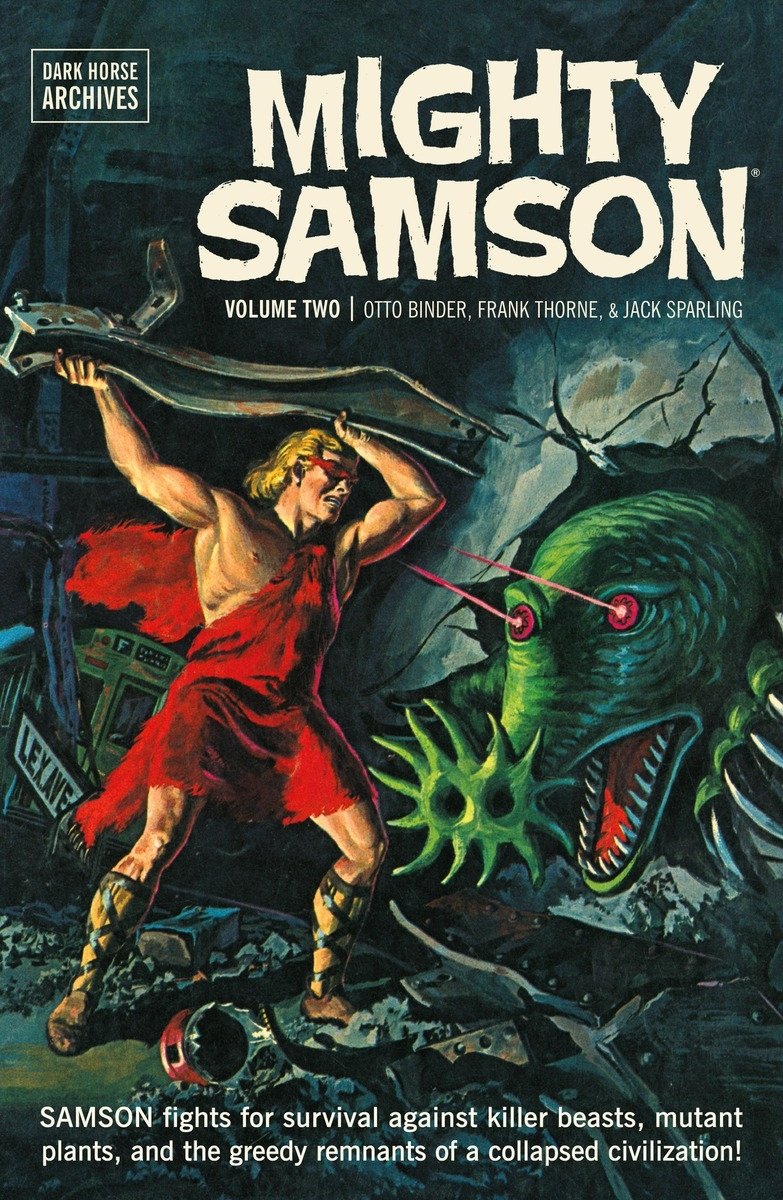
By Otto Binder, Frank Thorne, Jack Sparling, Morris Gollub, George Wilson, Joe Certa, Mike Sekowsky, George Roussos & various (Dark Horse Comics)
ISBN: 978-1-59582-659-6 (HB)
These days all the attention in comics circles goes to big-hitters and headline-grabbing ground-breakers, but once upon a time, when funnybooks were cheap as well as plentiful, a kid (whatever their age) could afford to follow the pack and still find time and room to enjoy quirky outliers: B through Z listers, oddly off-kilter concepts and champions falling far short of the accepted parameters of standard super-types…
A classic example of that exuberant freedom of expression was the relatively angst-free dystopian tomorrow of Mighty Samson, who had a sporadic yet extended comics career of 32 issues spanning 1964 to 1982.
Although set in the aftermath of an atomic Armageddon, the story of the survivors was a blend of updated myth, pioneer adventure and superhero shtick, liberally leavened with variations of those incredible creatures and sci fi monsters the industry thrived on back then.
Comics colossus Dell/Gold Key/Whitman had one of the most complicated publishing set-ups in history, but that didn’t matter one iota to kids of all ages who consumed their vastly varied product. Based in Racine, Wisconsin, Whitman had been a crucial component of monolithic Western Publishing and Lithography Company since 1915: drawing upon huge commercial resources and industry connections that came with editorial offices on both coasts. They even boasted a subsidiary printing plant in Poughkeepsie, New York.
Another connection was with fellow Western subsidiary K.K. Publications (named for licensing legend Kay Kamen who facilitated extremely lucrative “license to print money” merchandising deals for Walt Disney Studios between 1933 and 1949). From 1938, the affiliated companies’ comic book output was released under a partnership deal with a “pulps” periodical publisher under the umbrella imprint Dell Comics – and again those creative staff and commercial contacts fed into the line-up of the Big Little, Little Golden and Golden Press books for younger children. This partnership ended in 1962 and Western had to swiftly reinvent its comics division as Gold Key.
Western had been a major player since comics’ earliest days, blending a vast tranche of licensed titles – including newspaper strips (like Nancy and Sluggo, Tarzan and The Lone Ranger), TV tie-in and Disney titles with in-house originations such as Turok, Son of Stone, Brain Boy and Kona: Monarch of Monster Isle.
Dell and Western split just as a comic book resurgence triggered a host of new titles and companies, and a superhero boom. Independent of Dell, new outfit Gold Key launched original adventure titles including Dr. Solar, Man of the Atom; Magnus – Robot Fighter; M.A.R.S. Patrol – Total War; Space Family Robinson and many more.
As a publisher, Gold Key never really “got” the melodramatic, frequently mock-heroic Sturm und Drang of the Silver Age superhero boom – although for many of us, the understated functionality of classics like Magnus and Doctor Solar or crime-fighting iterations of classic movie monsters Dracula, Frankenstein and Werewolf were utterly irresistible. The sheer off-the-wall lunacy of features like Neutro or Dr. Spektor I will reserve for a future occasion…
This second splendid full-colour hardback compilation – printed on a reassuringly sturdy and comforting grainy old-school pulp stock rather than glossy paper – gathers Mighty Samson #7-14 spanning September 1966 to May 1968, and begins with a heady appreciation by Paul Tobin (Plants vs Zombies, The Witcher, Angry Birds, Spider-Man, Bandette) in his reminiscent Foreword…
The post-dystopian wonder warrior had been anonymously created by industry giants Otto Binder & Frank Thorne in 1964. Binder was the quintessential jobbing writer. He and his brother Earl were early fans of science fiction, making their first professional sale to Amazing Stories in 1930. As “Eando Binder” their pulp-fiction and novels output continued well into the 1970s, with Otto rightly famed for his creation of primal robotic hero Adam Link.
From 1939 onwards, Otto was also a prolific comic book scripter, most beloved and revered for the invention and perfection of a humorous blend of spectacular action, self-deprecating humour and gentle whimsy as characterised by the Fawcett Captain Marvel line of titles (and later in DC’s Superman’s Pal Jimmy Olsen). Binder was also constantly employed by many other publishers and amongst his most memorable inventions and innovations are Timely’s Young Allies, Mr. Mind, Brainiac, Krypto the Super Dog and the Legion of Super-Heroes.
In his later life, he moved into editing, producing factual science books and writing for NASA.
Frank Thorne (June 16th 1930 – March 7th 2021) was one of the most individualistic talents in American comics and the series co-creator’s last issue opens this volume. He began his comics career drawing romance stories for Standard Comics beside legendary draughtsman Alex Toth before graduating to better-paid newspaper strips like Perry Mason for King Features Syndicate. For Dell/Gold Key he drew Flash Gordon, Jungle Jim and The Green Hornet, as well as the first few years of this seminal sci-fi classic.
A DC he did compelling work on Tomahawk and Son of Tomahawk before being hired by Roy Thomas at Marvel to illustrate his belated breakthrough strip Red Sonja. Forever-after connected with feisty, earthy, highly sexualised women, in 1978 Thorne created outrageously bawdy (some say vulgar) swordswoman Ghita of Alizarr for Warren’s adult science fantasy anthology 1984/1994 as well as such adult satirical strips as Moonshine McJugs for Playboy and Danger Rangerette for National Lampoon.
Thorne won a National Cartoonists Award for comic books, an Inkpot Award and a Playboy Editorial Award, but was still a fairly by-the-book illustrator at the time of this collection’s content. In fact, it was on Mighty Samson that he opened up and found his own unique artistic vision: one which would carry him to the forefront of stylists with the satirical and erotic works of his later years.
That’s meat for other reviews, but here he and replacement artist Jack Sparling translate Binder’s imaginings into a beguiling otherworld of action, adventure and drama suitable for most kids of all ages and a milieu perfectly in tune with any Kids TV channel today…
Mighty Samson #1 (July 1964) introduced the bombed-out metropolis of N’Yark: a dismal dangerous region where human primitives clung to the ruins, scattered into rival tribes all striving daily against mutated plants and monsters as well as less easily identified blends somewhere in between…
One day when a toddler was grabbed by a predatory plant he casually tore the terror apart with his podgy little hands. Years passed and the child grew tall and clean-limbed, and it was clear that he too was a mutant: immensely strong, incredibly fast and improbably durable…
Impassioned by his mother’s dying words – “protect the weak from the powerful, the good from the evil” – Samson became the champion of his people; battling beasts and monsters imperilling the city. Sadly, those struggles were not without cost, and when he killed an immense Liobear, it cost the young hero his right eye…
The clash proved a turning point for Samson since his wounds were dressed by a stranger named Sharmaine. She and her father Mindor were voluntary outcasts in the city: shunning contact with superstitious tribes whilst gathering lost secrets of science…
They toiled constantly to bring humanity out of its second stone age and, fired with inspiration, Samson joined their self-appointed mission: defending them from all threats as they carry out their work.
Every issue was augmented by mesmerising painted covers by master illustrators Morris Gollub or George Wilson. These covers were initially reproduced text-free on the back of each issue and probably graced many a kid’s bedroom wall way back when. You get those too, but I’d suggest scanners rather than scissors this time around…
The comics were ad free and inner side of those covers generally held monochrome single-page features supplementing the story with historical context, and the factoids. Sadly many are uncredited but when I know who, so will you…
The Altered World odyssey resumes with #7, cover-dated September 1966. ‘World of Darkness’ saw Thorne off in fine style as shattered skyscrapers in N’Yark began sinking into the ground. Investigating the trackless regions under the city, Samson and his allies encounter many horrific beings before mistakenly accusing the subsurface Undermen of waging war on the light-loving Uppermen like themselves. Before long, however, ‘The Enemy Below’ (with artistic assistance from Mike Sekowsky & George Roussos) is identified as being a threat of a wholly bestial and relentless nature, forcing an alliance and only ended by Mindor’s knowledge of pre-disaster atomic weapons…
The inner covers detail ‘The Underground World’ of 1960s subways, escalators and tunnels and hidden service structures ‘Beneath the City’ before #8 signalled a change of vision.
Drawn by Joe Certa, factual-teaser ‘The Magnetic Pole’ led and fed into Binder’s ‘The Migration Mystery’ and concluding chapter ‘The Mental Battle’ as our heroes – and every other human in N’Yark – are seized by a telepathic force pulling them northwards. Aware but unable to resist, Samson and his friends spend months gravitating towards a mineral formation (a “mental North Pole”) in the arctic: helping many others of the thousands of humans caught in the grip, before at last devising a solution that will allow them all to return home.
This tale signalled the debut of another veteran illustrator who would make the title his own.
John Edmond “Jack” Sparling (June 21st 1916-February 15th 1997) was born in Winnipeg, Manitoba but migrated young to the USA. After studying in New Orleans and at the Corcoran School of Art, he left a cartooning gig at the New Orleans Item-Tribune to create the Hap Hopper, Washington Correspondent strip for United Features Syndicate (1940) superseded in 1943 by Claire Voyant.
That strip ended in 1948 and thereafter Sparling concentrated on comic books, becoming a wandering regular whose work appeared in Classics Illustrated, Dell/Gold Key, Marvel, DC, Charlton and others on strips like Robin Hood, Captain America, Tiger Girl, Space Man, Neuro, Secret Six, Eclipso, The Day after Doomsday, Challengers of The Unknown, Unknown Soldier and more.
Ideally suited for short story and humorous fare, he worked continuously for Gold Key’s horror anthologies and was a key player when DC revived its House of Secrets and House of Mystery titles (co-creating with Bob Haney undying horror-host Cain in HoM #175).
Sparling was particularly adept on licensed properties, illustrating Bomba, Family Affair, Six Million Dollar Man, Bionic Woman, Welcome Back, Kotter, Adam-12, Microbots, The Outer Limits ad nauseum…
With monsters so popular, the company also debuted the Gold Key Club Comic Monster Art page: inviting readers to create their own creepy critters and send them in for publication. The first examples were dreamed up in-house but for later issues, the beasts and bogles came courtesy of the kids. A scattering of them add loony lustre to this book at intermittent moments…
Another new feature began in the following issue. Illustrated by Sparling, ‘Mighty Samson Mutant Monsters’ offered an ongoing bestiary of horrors as seen in Mindor’s notes, beginning with ‘Stone-Throwing Cactus’ and ‘Lightning Beast’…
Bracketed by fact-features ‘Guide Tour of Washington D.C.’ and ‘Washington D.C.’, #9 (cover-dated March 1967) sees the valiant trio back home long enough to discover a fully automated, still-operational bullet train connected to the nation’s former Capital. Sadly, the astounding delights of pre-collapse culture and technology leads to war with ‘The Renegade Robot’, once they debark in DC…
That’s just in time for old enemy Queen Terra of Jerz to suborn an atom-powered Secret Service mechanical bodyguard…
Ordering ‘The Metal Hercules’ to crush and enslave Samson, Terra finds the robot too much for her but still not tough enough to stop the mutant: a dilemma that drives the automaton totally off the rails…
The issue ends with another Mighty Samson Mutant Monsters moment sharing the unnatural history profile of the ‘Net-Casting Spider’
Mighty Samson #10 opens with more of the same – the ‘Heavy-Matter Eagle’ – before a wave of desperate refugees disrupting N’Yark sends the scientific investigators off exploring formerly isolated Staten Island. The lost colony has become a bizarre dichotomy: with humans living in relative luxury in fully automated skyscrapers but unwilling to go below the first three storeys which has become a vast morass on interlinked monster-filled jungle. It was a paradise until Samson’s enemy Kull invaded, driving the soft tribes-folk away, but the ‘Terror in Tallplace Town’ ends as soon as Samson puts his foot down to oust the treacherous ‘King for a Day’…
More readers’ creations segue into #11, where Mighty Samson Mutant Monster ‘Lightning-Bolt Eel’ leads into a tale of unchecked capitalism as new trader Hulko the Swapper begins price gouging both farmers in the hinterlands and N’Yark’s scavengers who until recently, bartered amicably and honestly their edible produce for the city’s salvaged raw materials like scrap iron and reclaimed tinned luxury goods. The process involved shipping goods through wild territory of the Bronx and Long Island: terra incognita festooned with terrifying carnivorous forests infested with ‘The Swamp Rats’ and even worse perils.
When the profiteer pushes too hard, Samson takes action, reclaiming the concrete pathways of the ancients and providing a smooth “Broadway” for entrepreneurs and small businesses. Hulko and his shipping protectionists are understandably unhappy with the new arrangement, but their sabotage attempts to invoke ‘Terror on the Tradeway’ have no effect on giant hero’s policy of free enterprise…
Queen Terra returns in #12 operating a reclaimed, restored and fully-armed US Coast Guard cutter, leading ‘The River Raiders’ bombarding the shore-dwelling tribes of Manhattan island and demanding to be made their empress. Happily, Samson Sharmaine and Mindor are also au fait with naval salvage and ‘The Battle of N’Yark Bay’ swiftly sinks the queen’s schemes… despite the intervention of a few aroused sea beasts formerly asleep in the deep…
The quest for security is synonymous with the search for food and power sources. In #13 Mindor meets another historical detective skilled in the ways of pre-collapse technologists, but ‘The Prophet of Zomzu’ exploits his knowledge of electricity for another kind of power. Thanks to our brawny hero, cruel science despot Merlyn the Magic Maker is the loser in ‘The Wizard’s Showdown’: liberating a tribe of gullible pawns from a ruthless master…
This second sojourn in a broken tomorrow ends with Mighty Samson #14 (May 1968) as a Mighty Samson Mutant Monster briefing on ‘Rooted Sea Serpents’ segues into a chilling and contemporary fable as fisherfolk on the island of N’Yark are threatened by the ‘Menace from Nowhere’. This is a toxic gooey mass carried by the river, polluting their waters and killing the birds and fish they hunt, as well as infuriating all the monsters in the bay.
When Mindor determines the threat is millions of tons of crude oil being forced upriver, the trio voyage south to Florida and find an abandoned automated drilling rig has recently malfunctioned, constantly pouring black poison into the Gulf Stream.
The atomically-powered station is a danger to everything but when Samson shuts it down, he finds himself trapped ‘Between Beasts and Machines’ and joins post-apocalypse Tuaregs of the trackless Miami desert to destroy the unchecked depredations of automated city Technopolis: a robot metropolis of unimaginable treasures guarded by dinosaurs!
Closing with more Gold Key Club Readers Page monsters and full creator biographies, this mighty tome might be short on logic but absolutely revels in fabulous imagination and non-stop action. These sublime yarns typify a lost era’s devotion to fantastic fun: no-nonsense, brain-boggling yarns at once self-contained, episodic, exciting, enticing and deceptively witty.
Bizarre, brilliantly off-kilter and outrageously bombastic, Binder’s myth of a rationalist Hercules battling atom-spawned Titans and devils offers stunning spectacle and thrill-a-minute wonderment from start to finish. Captivatingly limned by Thorne and Sparling, these lost gems from an era when fun was paramount and entertainment a mandatory requirement are comics the way they were and perhaps might be again…
Mighty Samson ® Volume Two ™ & © 2010 Random House, Inc. Under license to Classic Media LCC. All rights reserved. All other material, unless otherwise specified, © 2010 Dark Horse Comics, Inc. All rights reserved.
